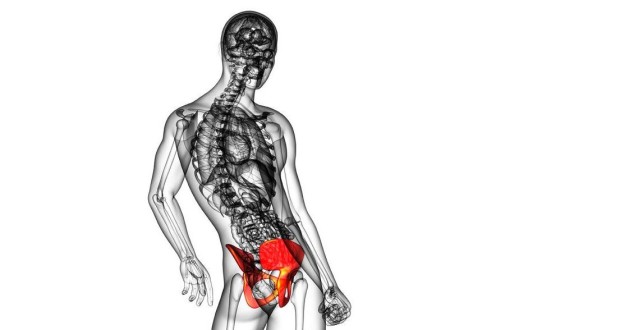Like the legs, back and arms, our hips bear a heavy workload on a regular basis. Not surprisingly, the hip joints become more susceptible to wear and tear with age. Consider that in 2010 alone, over 330,000 hip replacement operations were performed. Another issue that commonly afflicts the hip is labral tears.
A Common Sports Injury
Cartilage goes hand in hand with bones, and for good reason; this tissue acts as a sort of cushioning substance, allowing for the joints to flex in a smooth and painless manner. The hip, a ball-and-socket joint, is no exception to pattern. The socket portion of this joint is known as the acetabulum, and is lined with a ring of cartilage called the labrum.
When subjected to sharp, sudden motions, the acetabulum can tear. Consequently, this type of injury is a frequent thorn in the side of athletes. Those who enjoy playing ice hockey, soccer, football and golf face a relatively high risk of tearing their labrum. In addition, these injuries are more likely to affect people born with structurally abnormal hips.
Hip labral tears can also be a chronic injury, occurring after years of repetitive movements. Such injuries are referred to as degenerative labral tears.
Symptoms, Treatment and Recovery
On the surface, it would seem that a labral tear would be immediately accompanied by sudden, intense pain. In fact, this injury frequently produces no discernible symptoms. Conversely, others report feeling dull pain emanating from either the groin or buttocks. The hip can feel stiff, and its range of motion could be greatly reduced. Many people experience clicking or snapping sensations in the affected hip joint.
Treatment for hip labral tears hinges (pardon the pun) on the extent of damage to the acetabulum. If the tear is relatively minor, a doctor might opt for a relatively conservative treatment program. This approach can include both rest and nonsteroidal anti-inflammatory drugs, a class of drugs frequently referred to as NSAIDs. Some patients undergo physical therapy in order to regain lost range of motion.
More severe tears might require arthroscopic surgery, a minimally invasive procedure in which a small camera is inserted into the hip joint. In some cases, the injury can be adequately addressed by sewing the affected tissues back together. Alternatively, if a surgeon finds that the acetabulum is too heavily damaged, he or she might decide to remove the torn tissue. Following surgery, a patient is placed on a rehabilitation program, the purpose of which is to regain as much strength and mobility as possible.
 Natural Knowledge 24/7 Educate yourself with nutrition, health and fitness knowledge.
Natural Knowledge 24/7 Educate yourself with nutrition, health and fitness knowledge.






